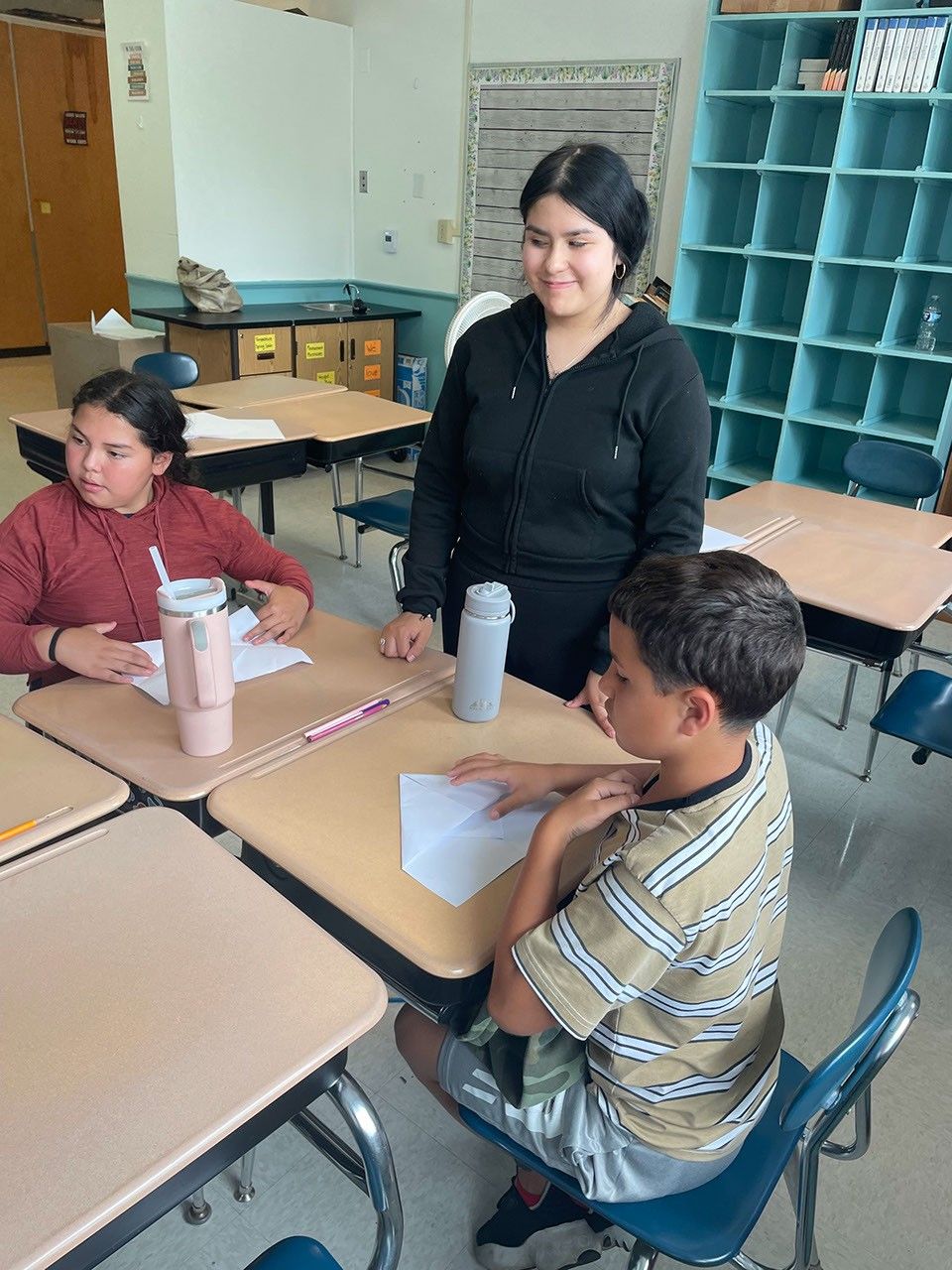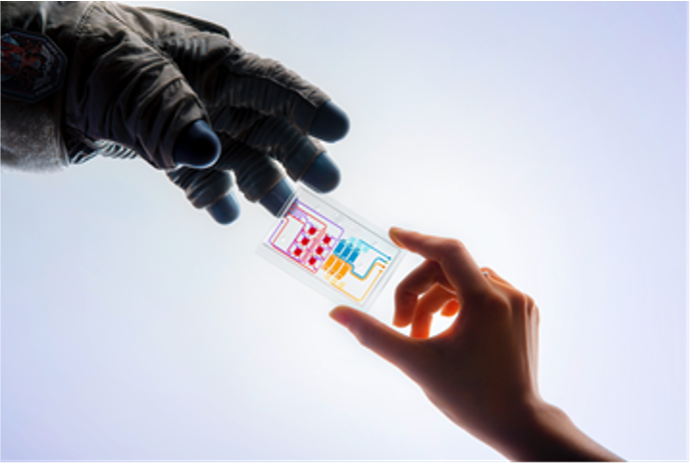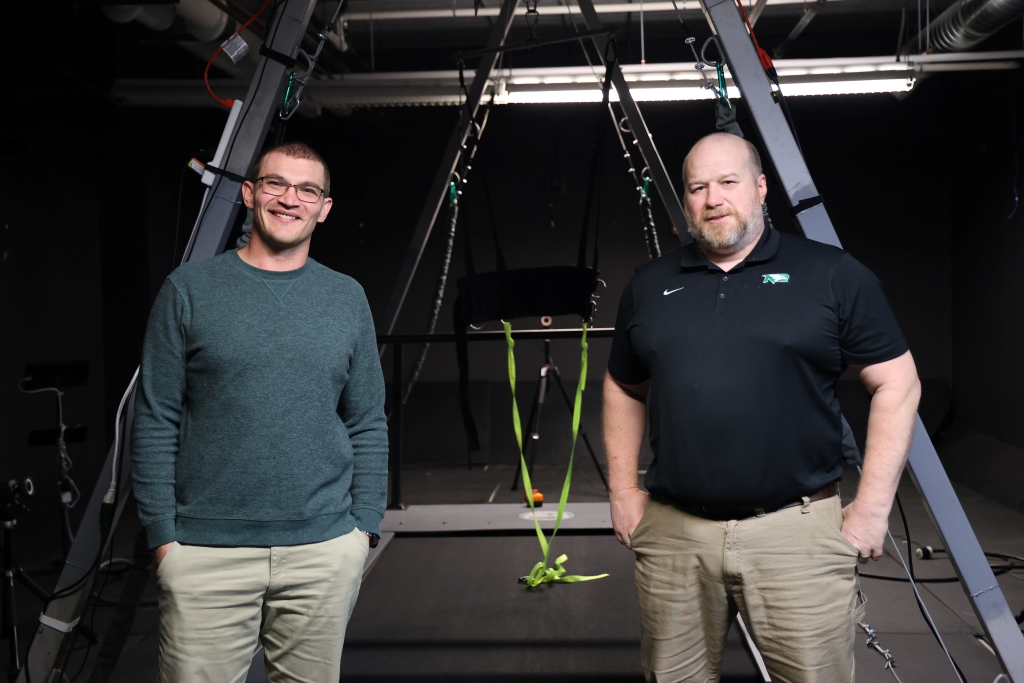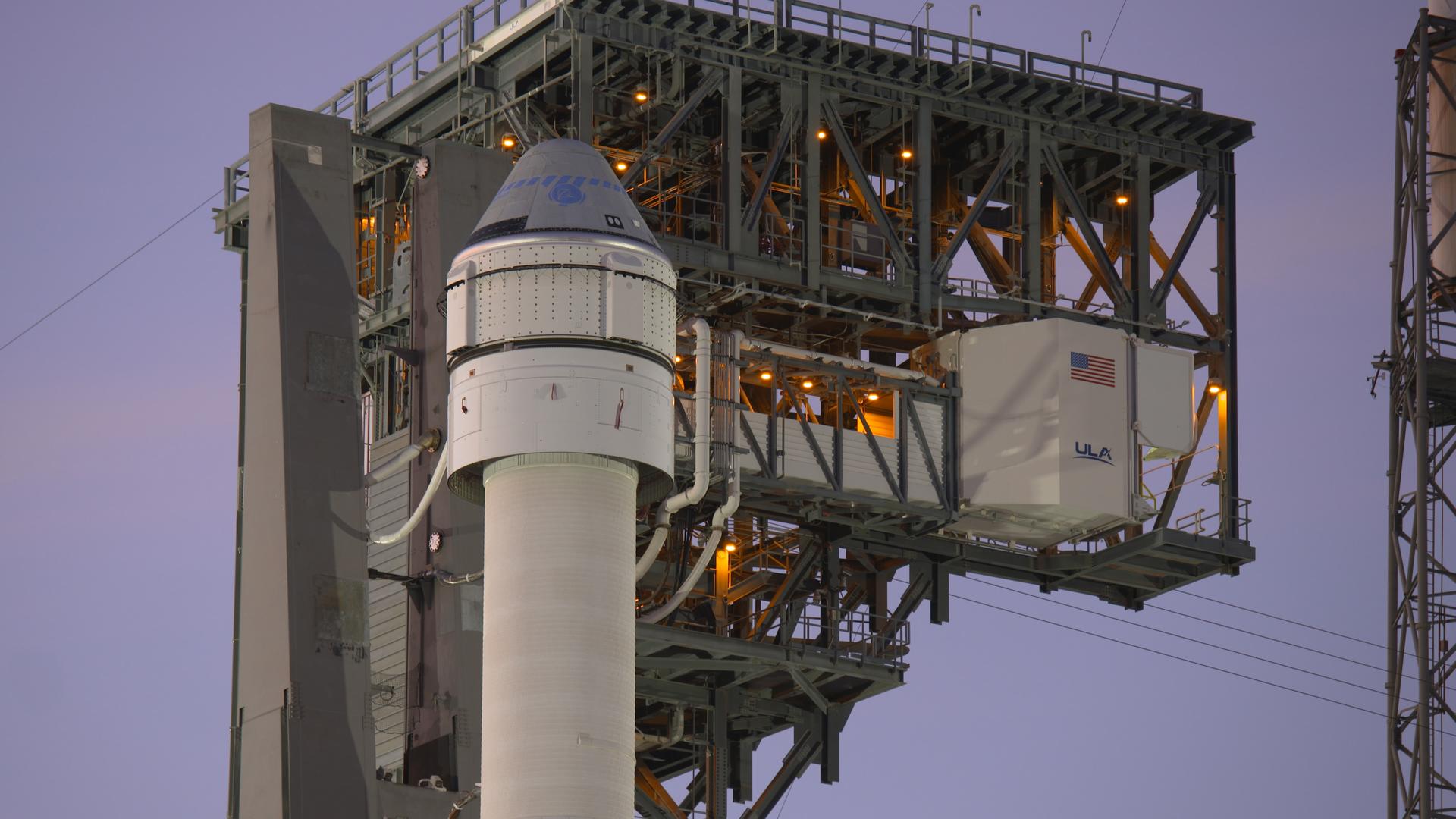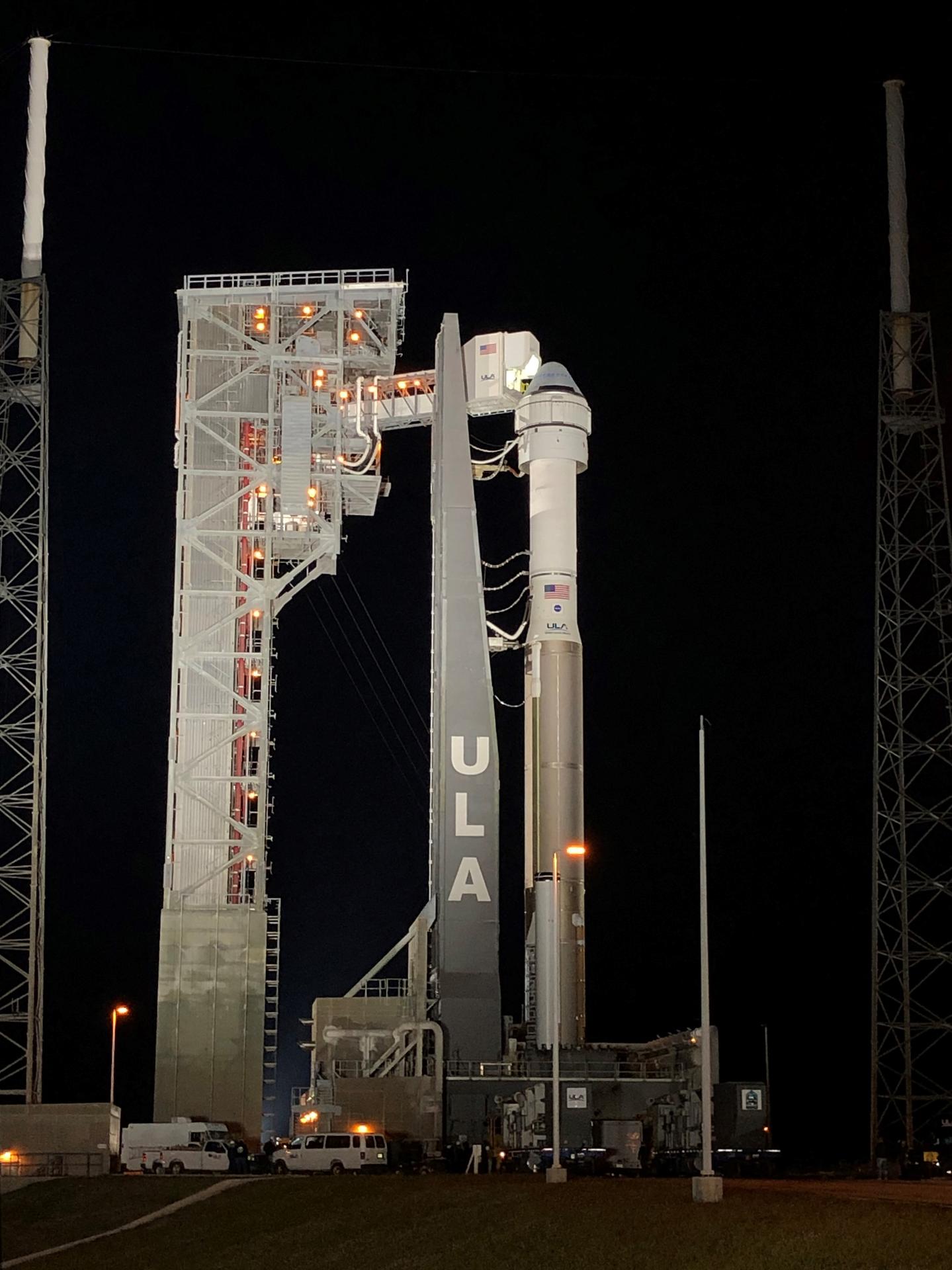By Jim Cawley
NASA’s Kennedy Space Center
When Boeing’s Orbital Flight Test (OFT) launches on Dec. 20, 2019, it will be a major step toward returning human spaceflight capability to the U.S.
The uncrewed mission for NASA’s Commercial Crew Program will rendezvous and dock Boeing’s CST-100 Starliner spacecraft with the International Space Station and return to Earth on Dec. 28. Starliner will launch atop a United Launch Alliance Atlas V rocket from Space Launch Complex 41 (SLC-41) at Cape Canaveral Air Force Station in Florida.
“This test flight will give us valuable data about Starliner’s performance in the actual environment through each phase of flight and demonstrate its capability to transport crew to the space station and bring them home safely,” said Trip Healey, NASA’s mission manager for OFT. “Being on the cusp of this huge moment in history is really exciting.”
Data from the mission will validate spacecraft system performance and will move Starliner farther down the path toward its first flight with astronauts aboard — Boeing’s Crew Flight Test (CFT).
NASA astronauts Michael Fincke and Nicole Mann and Boeing astronaut Chris Ferguson will be onboard Starliner for CFT. All three were on hand when the spacecraft for this flight test rolled out of Boeing’s Commercial Crew and Cargo Processing Facility at NASA’s Kennedy Space Center in Florida on Nov. 21, making the roughly six-mile trek on a transport vehicle to SLC-41 to be mated atop the Atlas V rocket.
The crew also recently participated in an integrated day of launch test for OFT and witnessed Boeing’s Pad Abort Test. These tests are part of verifying each of Starliner’s systems will function not only separately, but in concert, to protect astronauts on the Crew Flight Test and future missions by carrying them safely away from the launch pad in the unlikely event of an emergency prior to liftoff. For this test without crew members, the abort system will not be active.
“We’re looking forward to the day when we’re launching people on a regular basis,” said Fincke. “As graduates of military test pilot schools, we are really excited to see how Starliner’s going to behave; we know it’s going to be awesome, and we’re going to get all kinds of really great test data from it.”
The uncrewed flight test is the culmination of years of ingenuity and perseverance throughout the design, build, and test phases of the program.
“The most inspiring thing to note through this partnership is how the Boeing, ULA and NASA teams continue to work together to resolve challenges,” Healey said. “There is definitely a team spirit, or esprit de corps, that has helped bring us to this point.”















